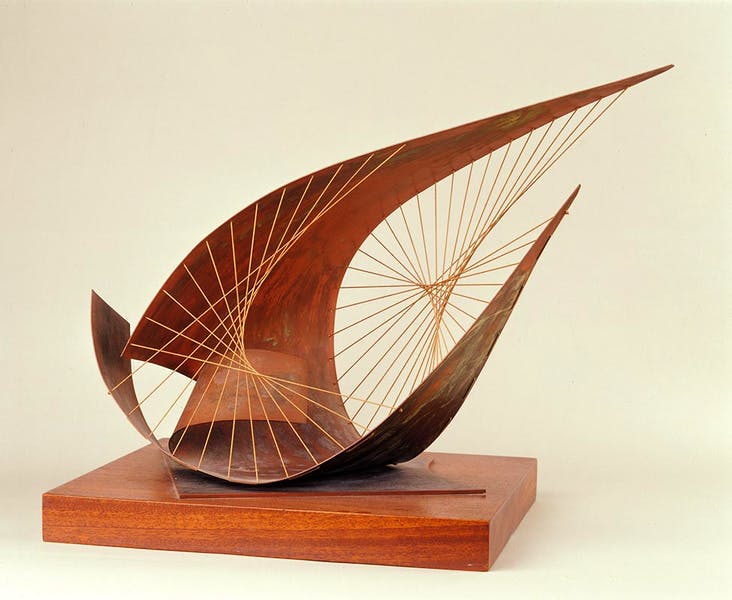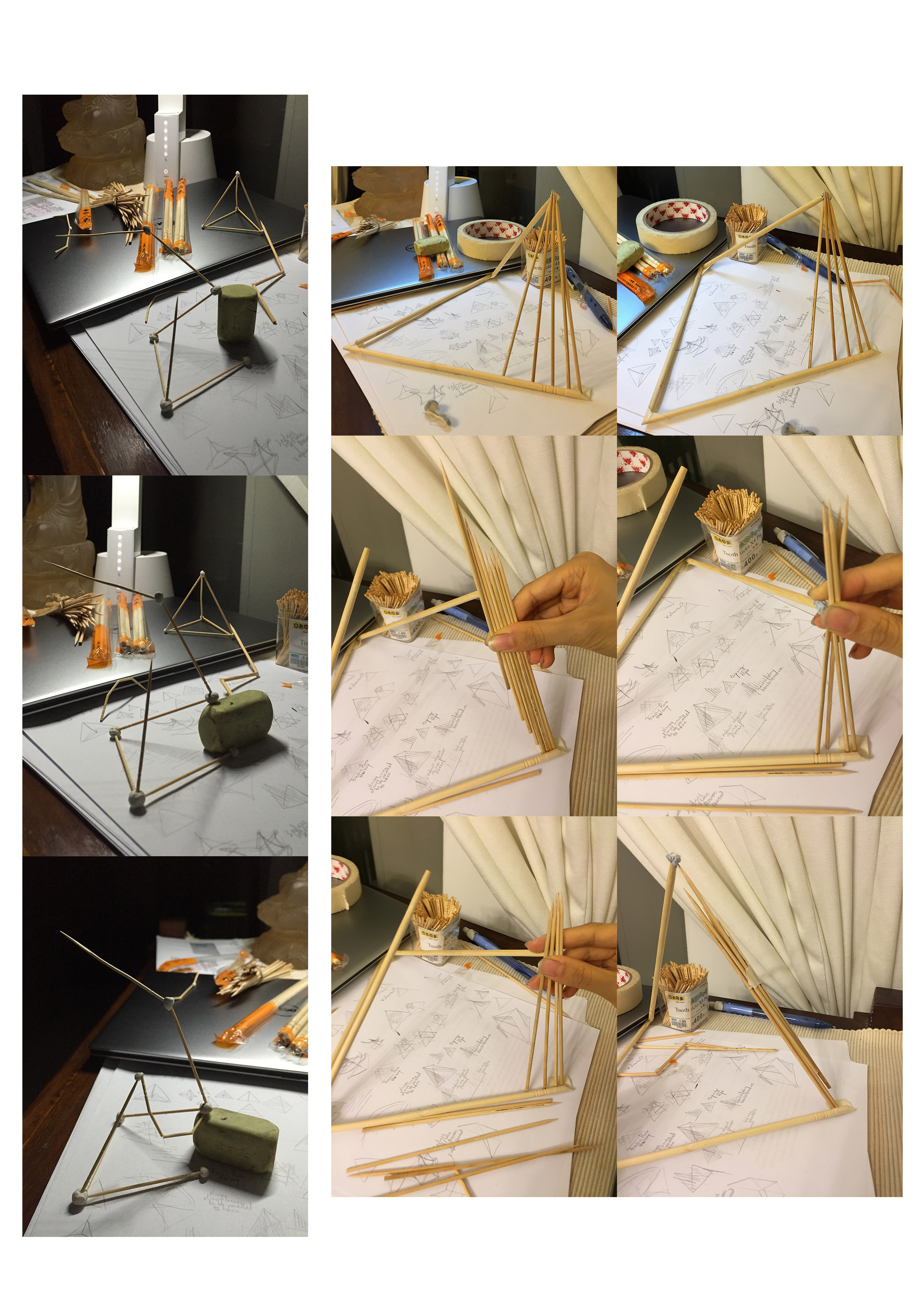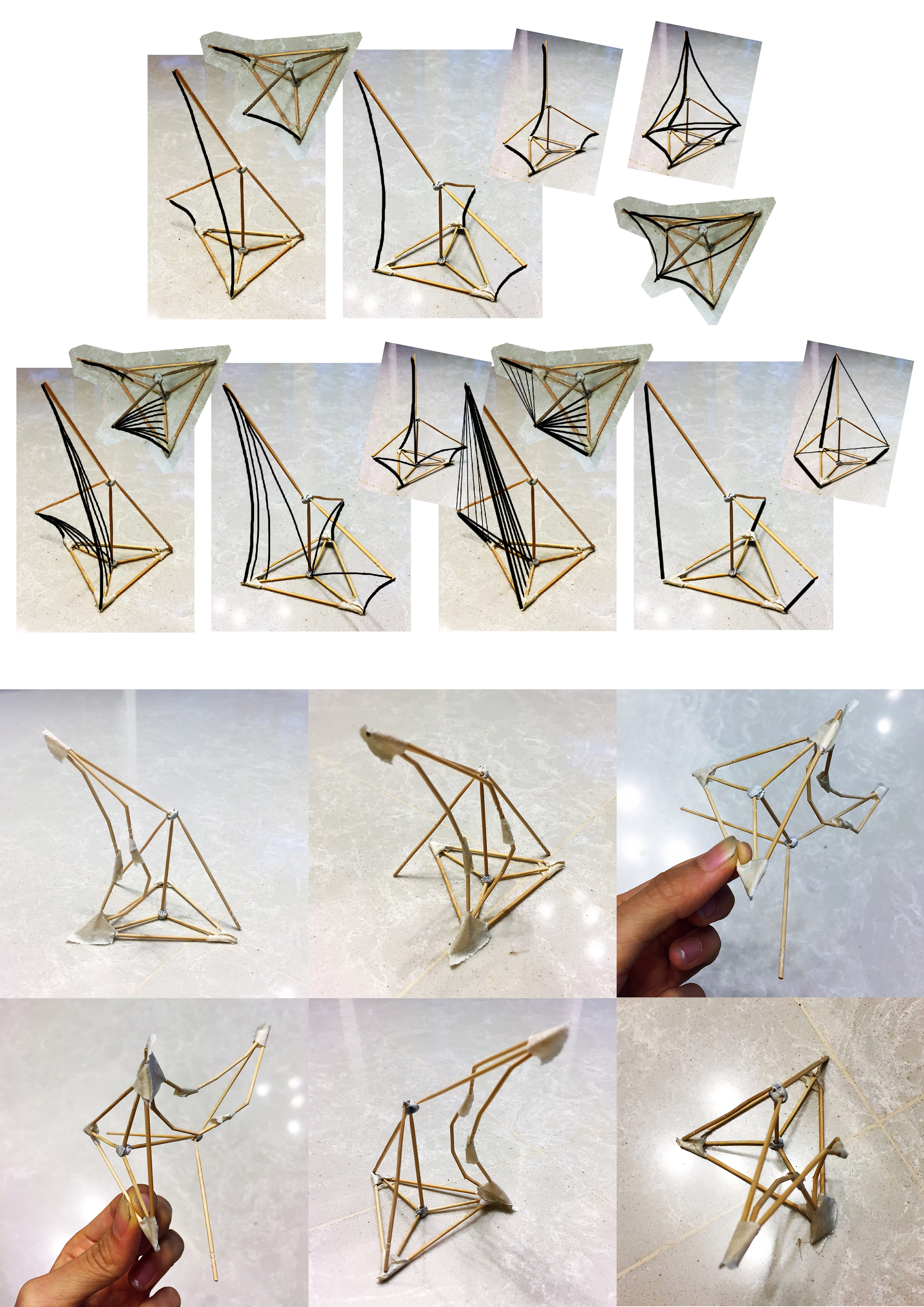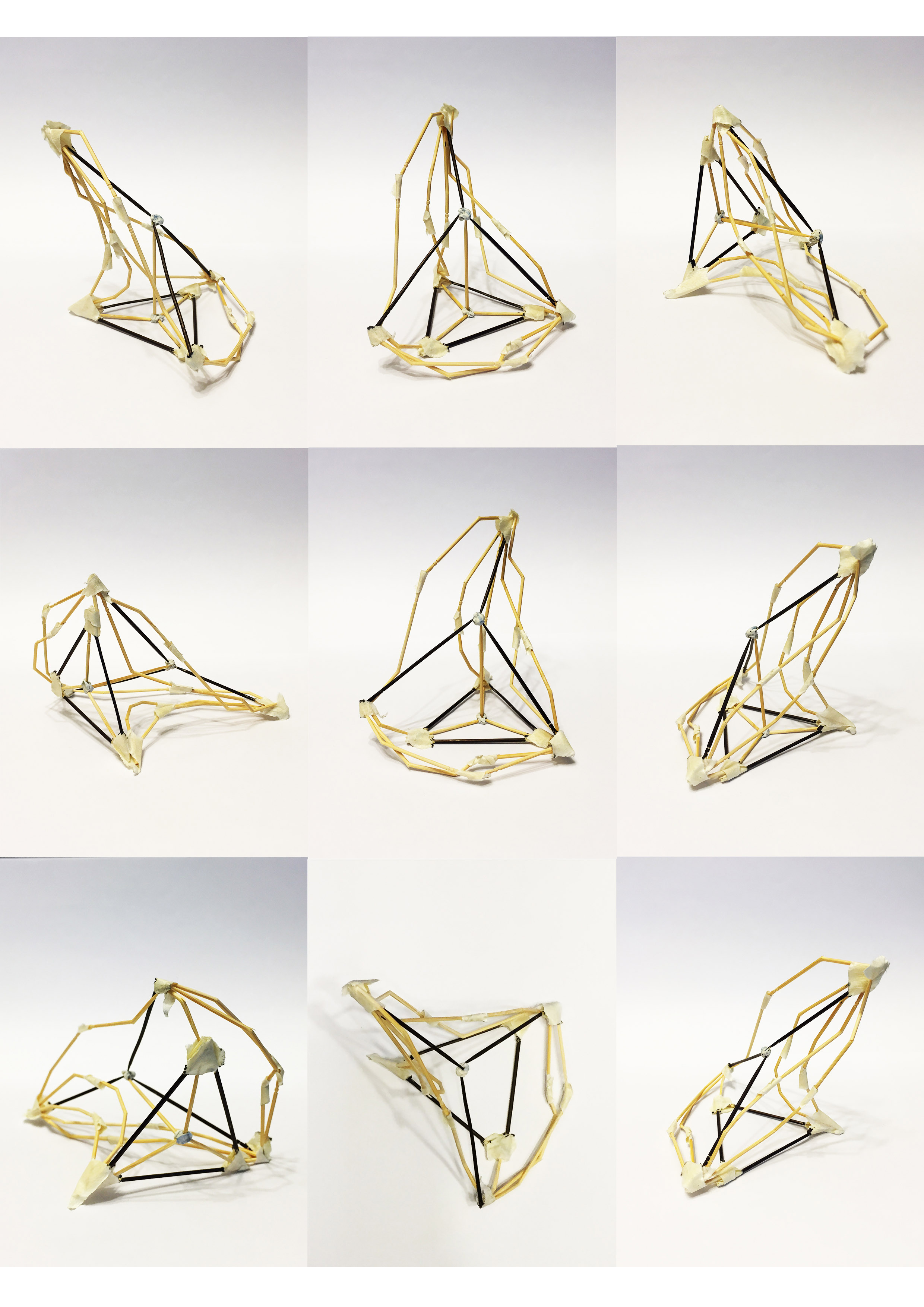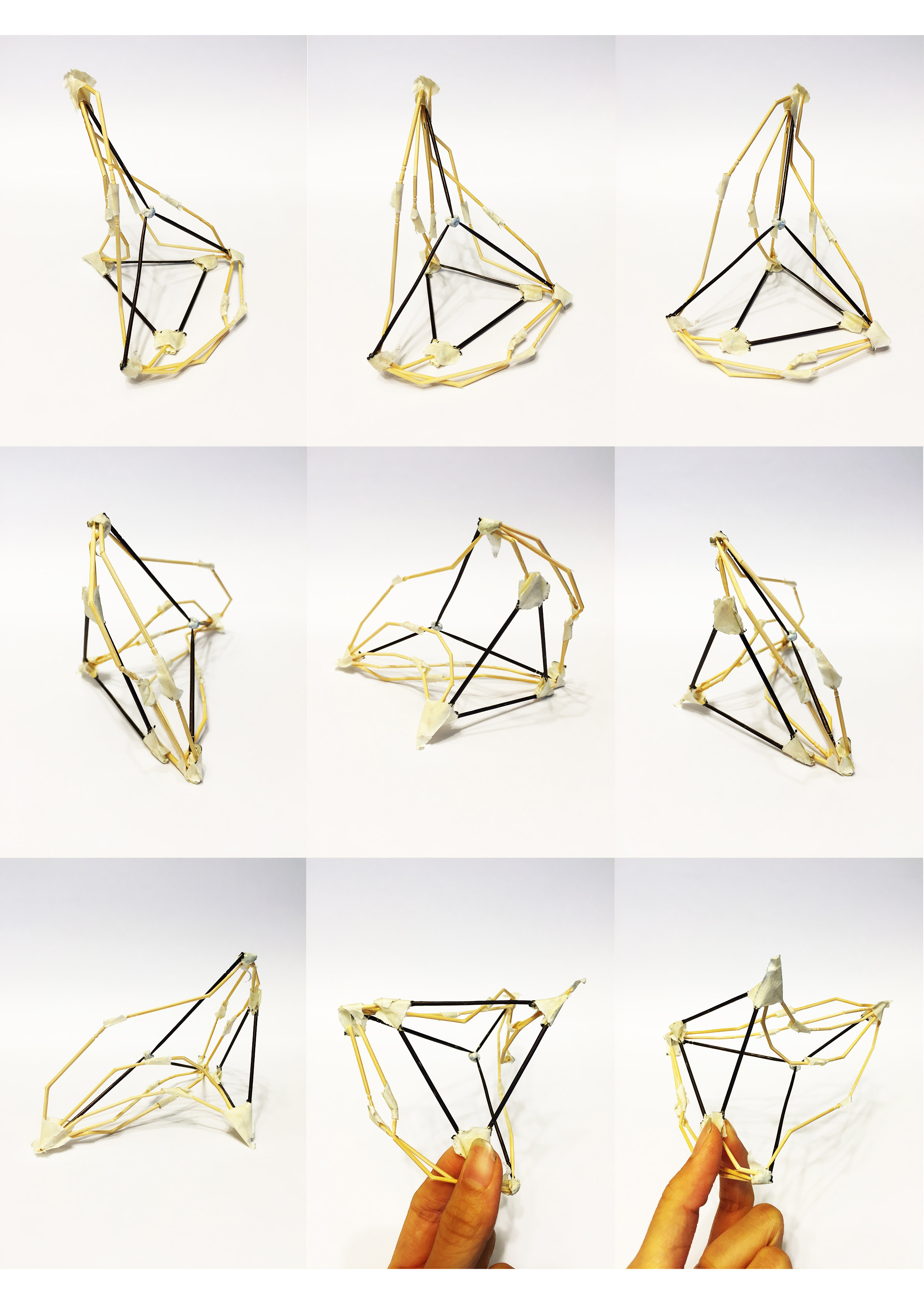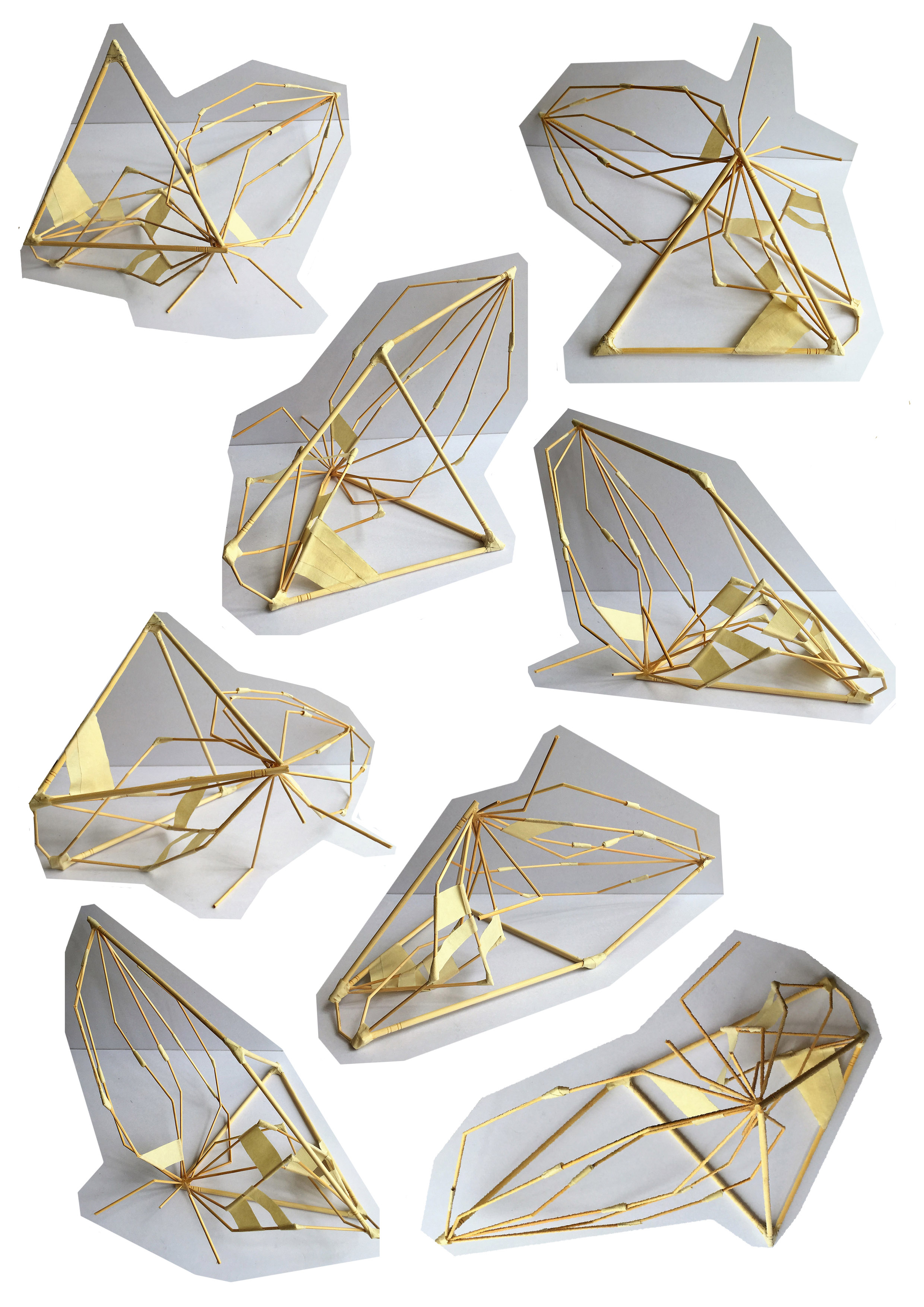


Pick up the trash.
1. How does your hacked object behave in a way you least expect it to?
Man Wei: We made a dollar note on the floor that doesn’t allow people to pick it up (and pocket it). The note moves in a way that the inanimate object acquires a sort of naughty character playing tag with/ teasing people like a mouse-and-cat /torchlight-and-cat scenario. It is purposely placed alongside trash and positioned on the ground. The disobedient note is meant to discipline/remind people to pick up trash they see on the floor; it contrasts the apathy and lack of initiative taken to pick up common litter, with the attention given to money when it is the object on the floor instead.
Ayesha: Our hacked object is a 2 dollar note placed among trash, next to a sign that that asks to bin your litter. When you reach to pick the money up, a light sensor in front of it is triggered and the note, attached to a wire and connected to a servo-motor, moves the note out of the way. The movement is very fast and the note returns back to its original position when the participant retracts their hand. It acts a bit like bait to bring attention to the litter around it that we would normally overlook and wouldn’t think to pick up, unlike money on the ground.
2. What are some reactions you observed from your participants when they interacted with the object?
Man Wei: Intuitively they bent down to reach for the note. Movements were hesitant at first when they did not know what to expect but as the note swept across the floor from side to side, it looked like some of them got taunted/challenged to grab the note (completely possible to do). They found it fun to interact with; some said it was almost like a toy and some approached to play with it after our presentation was over. It made me happy that the game-like set-up of our installation was able to attract and sustain our participants’ interest—necessary for any reflection on their actions and our underlying commentary to take place, whether on hindsight or during the interactions.
As expected, all of them kept at trying to catch the note, without regard for the other trash strewn around it (eye on the prize). Their persistence might have been prompted by the taunting movements of the note but their interactions with our installation are nonetheless reflective of the precise behaviour we were critiquing; it could have been entirely possible for the trash to have been programmed to react to users as well and move away from them like the note, but no one attempted to engage with the trash (it is unlikely that the thought to do so crossed their minds either).
Ayesha: Many participants took it as a challenge to catch the money. Some words that they used to describe the project were “naughty” and “cheeky”. I think that object behaved kind of like a game or like a practical joke. Since the photocell was placed in front of the note, the participant’s hand had to reach from that direction. However, some participants naturally reached from the side, which did not trigger the light sensor.
3. What are the challenges involved and how did you overcome them? What problems still exist? How might you overcome them eventually?
Man Wei: We faced problems making the motor produce movements that we wanted for the note. We wanted it to move away from the participant when approached and then move back to its original position after. However our original design which used thread/fishing line to attach the note to the motor only produced the first movement, with the note remaining at its new displaced position when the motor turned back. To resolve this we considered other designs that involved multiple threads instead of one and explored materials that were more hardy and taut. Our final solution involves using wire instead, bent also to prevent over forceful movements that flipped the note around. (Refer to design process documentation below)
In terms of coding, we drew from concepts learnt in class and adapted those in the presentation slides. We did not encounter many problems with it besides having to adjust the servomotor angle to create movements we wanted. We had to do some trial and error as well to adjust the angle in relation to the length of the strip attaching the note to the motor, as well as the flexibility/hardiness of the strip material. With different angles, strip lengths and materials, our note could daintily sweep from side to side or violently swerve from one side to another (overturning sometimes even). Eventually we managed to decide on a suitable angle that produced movements of a suitable force and speed while being confined to the width of our constructed platform. Besides motor issues, the only other thing that required more calibration and constant adjustment was the threshold value of the LDR which affected the light sensitivity of our object in different lighting conditions we placed it in.
A room for improvement might be making the attachment between the object and motor less conspicuous/hidden to improve the engagement and element of surprise. Participants might also then receive less prompt to interact with the note (versus the trash) if the presence of the wire had given them this. We could have tried attaching the wire to the bottom of the note and have it concealed below the platform.
Ayesha: We faced challenges in trying to arrange our set up so that the object would be used in a natural and intuitive way.
We tried to conceal the electrical components so as not to distract or confuse participants, and to make the object’s disobedience more surprising for them. We did this by building a cardboard box that covered up the breadbox and Arduino, with holes cut into the cardboard for the photocell and the servo-motor. Since the servo-motor was sticking out, we concealed it with trash.
We also had to orientate the set up in a way that participants would naturally reach for the note from the front, but it seems that we didn’t test this out on enough people as some of our participants reached from different directions and missed the light sensor. If we were to rework this object, perhaps we could add more photocells to read interaction from other directions too.
DESIGN PROCESS DOCUMENTATION

Our initial idea was to have the object move along a vertical axis, retracting backwards. But after trying things out with the servomotor we decided a swaying action (due to the way the motor turns) was better. The side-to-side motion also made the movement seem like the object’s own, and gave it more “life”—recalls scenario of a mouse/torchlight avoiding a cat. Whereas the retracting motion along a vertical axis had a greater suggestion of another agent pulling the note back and forth (like at a ticketing counter). Giving the object a sense of a “life of its own” was more suitable for our concept of the money lying on the floor and avoiding pickers by itself (“pick up the trash” narrative). The retracting motion suited the original “keep the change” narrative more.

1st design: thread/fishing line

The original plan was to use a coin (for change) but we changed it to a dollar note instead because the coin was too heavy.
2nd design: two threads each to different arm of motor

Considered changing up set-up, retaining use of threads:

3rd design: harder material (cardboard, wire, transparency strips)


The intention for using fishing line/thread at first was with the inconspicuousness of the attachment in consideration. Using wire/harder materials meant that we might have to compromise the visuals/surprise element for performance.
FINAL DESIGN



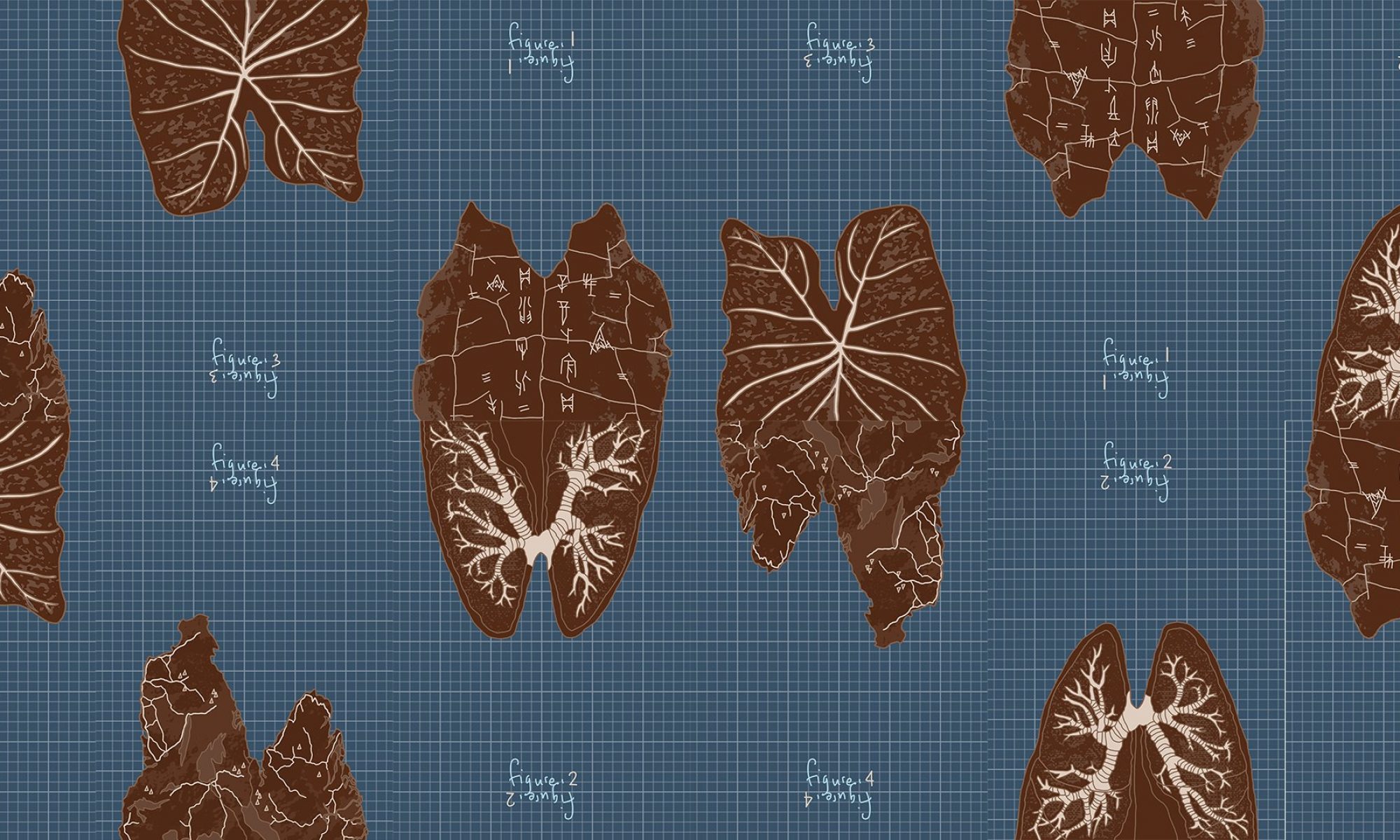
























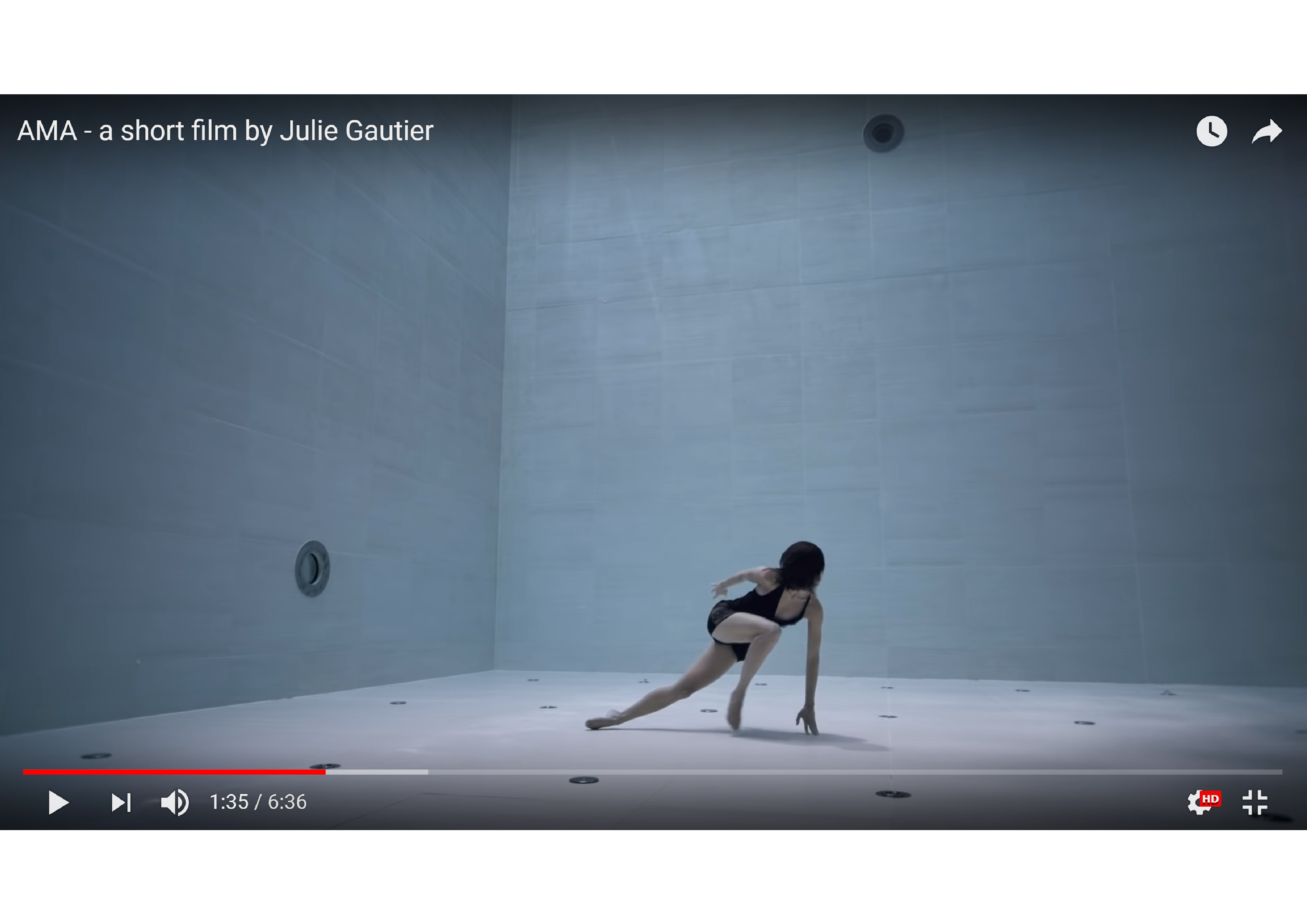












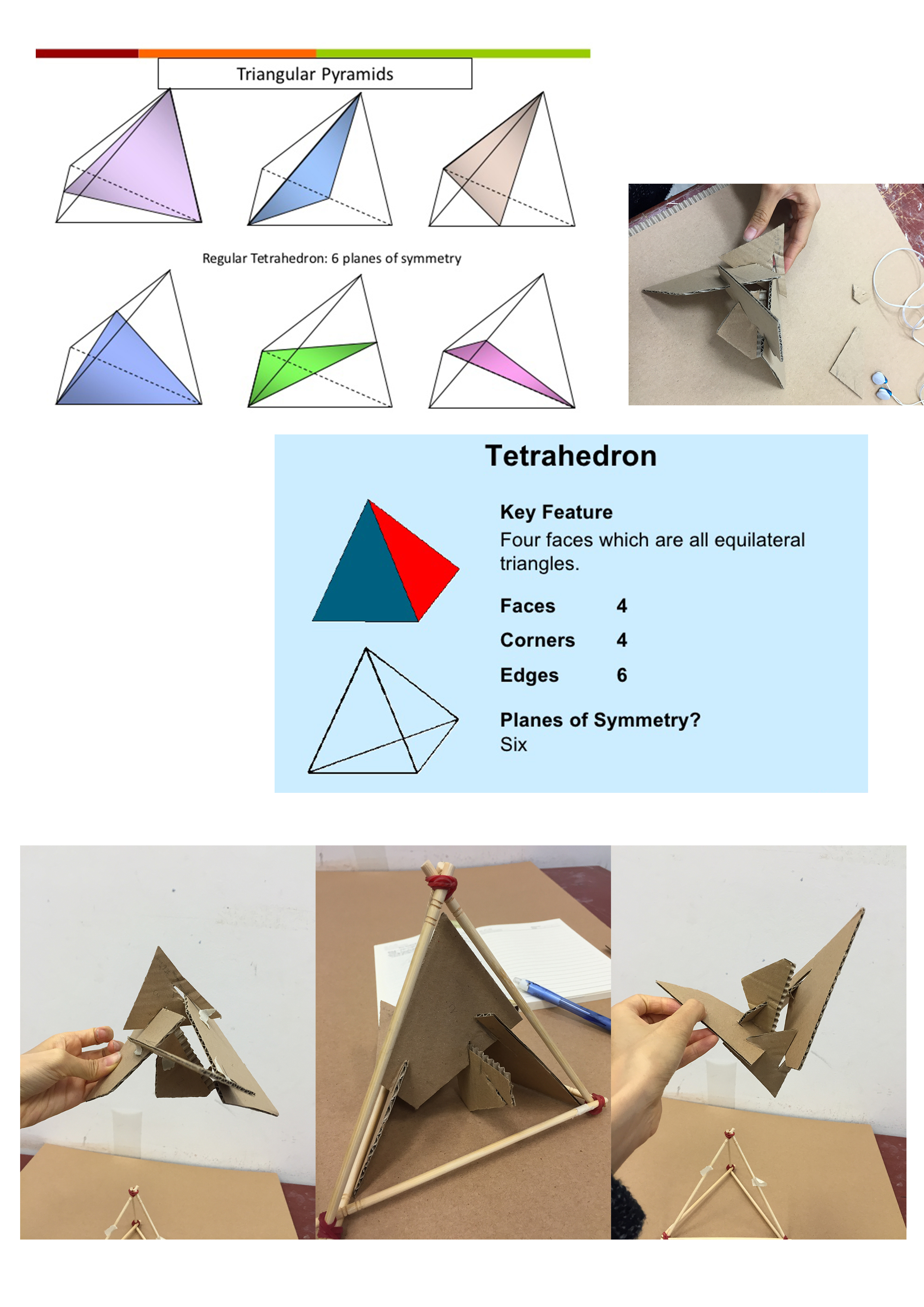 Development
Development
